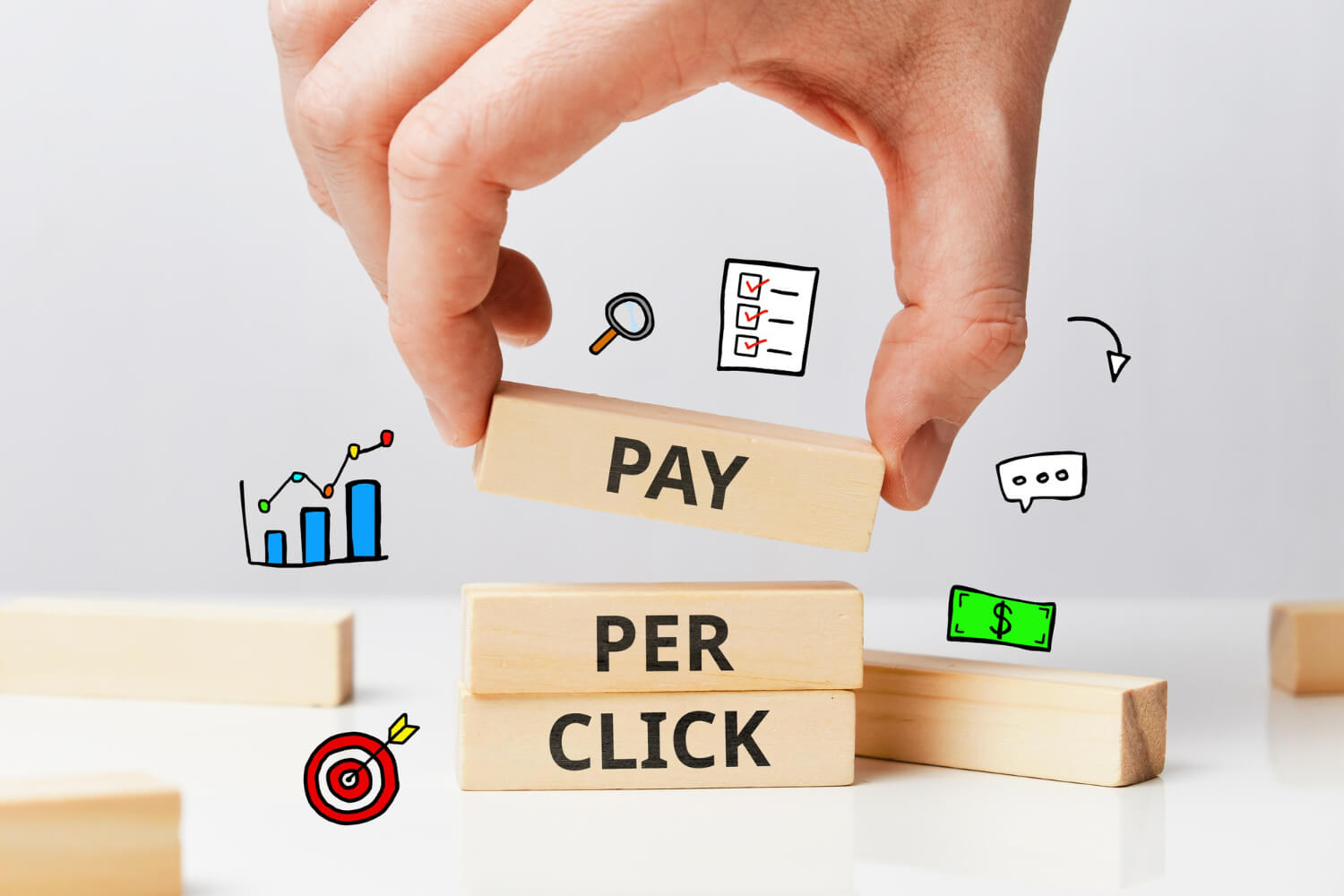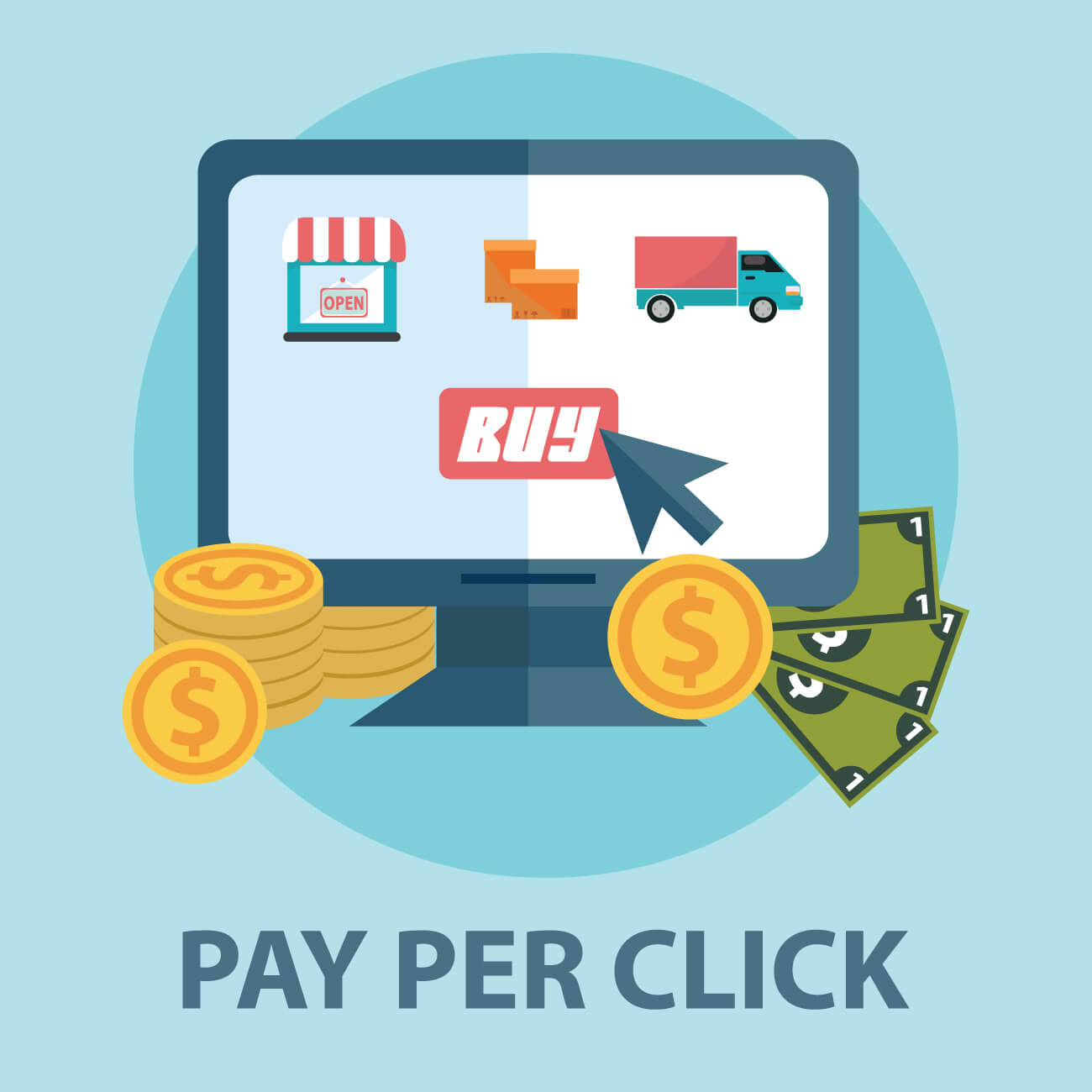Mastering Pay-per-click (PPC) Advertising: Boost Your Digital Marketing Strategy
Pay-per-click (PPC) advertising has become an integral part of digital marketing strategies, allowing businesses to reach their target audience effectively and generate valuable leads. In this comprehensive guide, we will delve into the world of PPC advertising, exploring its benefits, strategies, and best practices to help you maximize your digital marketing efforts.
Getting Started with PPC Advertising
What is Pay-per-click (PPC) Advertising?
PPC advertising is a digital marketing strategies where advertisers pay a fee each time their ad is clicked. It offers a way to drive targeted traffic to your website, as ads are displayed on search engine result pages or partner websites.
The Benefits of PPC Advertising for Your Business
PPC advertising offers several advantages, including instant visibility, precise targeting options, measurable results, and cost control. It allows businesses of all sizes to compete in the online marketplace and achieve their marketing goals.
How PPC Fits into Your Digital Marketing Strategy
PPC advertising complements other digital marketing channels by providing immediate visibility and driving relevant traffic to your website. When combined with SEO, content marketing, and social media, PPC can amplify your online presence and improve overall campaign performance.
Building a Successful PPC Campaign

Setting Clear Goals and Objectives for Your PPC Campaign Clearly defining your goals, whether it’s increasing brand awareness, driving conversions, or boosting sales, is crucial for building a successful PPC campaign. Aligning your goals with your business objectives ensures that your campaign delivers the desired results.
Choosing the Right PPC Platform
Google Ads, Bing Ads, and more Selecting the right PPC platform depends on your target audience and campaign objectives. Google Ads and Bing Ads are popular choices, offering extensive reach and targeting capabilities. Evaluate each platform’s features and audience demographics to make an informed decision
Conducting Keyword Research for Effective Ad Targeting Keyword research is a fundamental step in PPC advertising. Identify relevant keywords that align with your products or services, consider search volume and competition, and use keyword research tools to refine your list. Targeting the right keywords ensures your ads appear to the right audience
Crafting Compelling Ad Copy that Drives Clicks Compelling ad copy grabs the attention of potential customers and entices them to click. Highlight unique selling points, use persuasive language, and include a clear call-to-action. A/B testing different ad variations helps identify the most effective copy for optimal click-through rates.
Optimizing Landing Pages for Better Conversion Rates Landing pages play a critical role in converting ad clicks into valuable actions. Create landing pages that are relevant to your ad copy, visually appealing, and optimized for conversions. Streamline the user experience, focus on benefits, and include compelling CTAs to maximize conversions.
Implementing Advanced PPC Strategies
Understanding Ad Extensions: Enhancing Your Ads Ad extensions provide additional information and options for users to engage with your ads. Utilize extensions such as sitelinks, callouts, and reviews to increase visibility, improve click-through rates, and enhance the overall ad experience.
Bidding Strategies and Budget Management for PPC Campaigns: Implementing effective bidding strategies and managing your budget is crucial for a successful PPC campaign. Options like manual bidding, automated bidding, and budget allocation allow you to optimize your campaign performance while controlling costs.
Remarketing: Reconnecting with Interested Users Remarketing: enables you to reconnect with users who have previously shown interest in your products or services. Create tailored ads that follow users across different platforms, reinforcing your brand message and increasing the likelihood of conversion.
Mobile PPC Advertising: Reaching Customers on the Go With the rise of mobile usage, optimizing your PPC campaigns for mobile devices is essential. Mobile-specific ad formats, responsive landing pages, and location targeting help you reach and engage with users on the go, driving mobile conversions.
Tracking and Analyzing PPC Performance with Analytics Tools: Effective tracking and analysis are crucial for optimizing your PPC campaigns. Utilize analytics tools such as Google Analytics or platform-specific tracking features to measure key metrics like click-through rates, conversion rates, and return on ad spend. Use these insights to make data-driven optimizations.
Avoiding Common PPC Mistakes

Common Pitfalls to Avoid in PPC Advertising
PAy per click PPC advertising can be complex, and certain mistakes can hinder your campaign’s performance. Avoid common pitfalls such as targeting broad keywords, neglecting negative keywords, poor landing page experiences, and inadequate tracking. Learn from these mistakes to achieve better results.
Tips for Cost-effective PPC Campaigns
Maximizing the return on your PPC investment requires cost-effective strategies. Consider factors like ad scheduling, geographic targeting, bid adjustments, and quality score optimization to ensure you’re getting the most out of your budget.
PPC Advertising Best Practices for Web Developers and Digital Marketers
As a web developer or digital marketer, understanding the technical aspects of PPC advertising is essential. Ensure proper tracking implementation, optimize landing page speed and user experience, and collaborate closely with marketers to align website and ad performance.
FAQs
What is pay-per-click PPC in digital marketing?
What is the benefit of the pay-per-click PPC payment model?
The pay-per-click (PPC) advertising payment model offers several benefits for advertisers in digital marketing:
1. Targeted Advertising: PPC allows advertisers to target specific keywords, demographics, locations, and even interests. This level of targeting helps reach a more relevant audience, increasing the chances of generating qualified leads or conversions.
2. Cost Control: With PPC, advertisers have control over their budget. They can set a maximum bid for each click or allocate a daily or monthly budget. This flexibility allows businesses to manage their advertising costs effectively and make adjustments as needed.
3. Measurable Results: PPC campaigns provide detailed metrics and performance data. Advertisers can track key metrics like impressions, clicks, conversions, and cost per conversion. This data helps assess the effectiveness of the campaign and make data-driven decisions for optimization.
4. Immediate Visibility: Unlike organic search engine optimization (SEO) efforts that take time to gain visibility, PPC ads can appear prominently on search engine results pages (SERPs) immediately after the campaign is launched. This immediate visibility helps businesses generate website traffic and reach their target audience quickly.
5. Enhanced Brand Exposure: PPC campaigns can increase brand exposure by displaying ads on relevant websites, search engines, and social media platforms. Even if users don’t click on the ads, they still see the brand, creating brand awareness and recognition.
6. Flexibility and Testing: PPC allows advertisers to test different ad copy, keywords, landing pages, and targeting options. This flexibility enables businesses to refine their campaigns, optimize their strategies, and improve overall performance over time.
7. Competitive Advantage: PPC enables businesses of all sizes to compete in the digital advertising space. Even with a limited budget, smaller businesses can strategically target specific keywords and niches, outranking competitors and gaining visibility in their target market.
Overall, the benefit of the PPC payment model lies in its ability to deliver targeted, measurable, and cost-effective advertising, helping businesses reach their marketing goals and drive results.
Conclusion
Embracing the Power of Pay-per-click (PPC) Advertising: Drive Traffic, Boost Conversions Pay-per-click (PPC) advertising offers immense potential to drive targeted traffic, generate leads, and boost conversions. By implementing the strategies and best practices outlined in this guide, you can harness the power of PPC to elevate your digital marketing efforts and achieve your business objectives

Aydınevler, Maltepe Halı Yıkama | Bu blog yazısı sayesinde PENTA’nın sunduğu çözümleri daha iyi anladım. Gerçekten işlerini ciddiye alıyorlar.